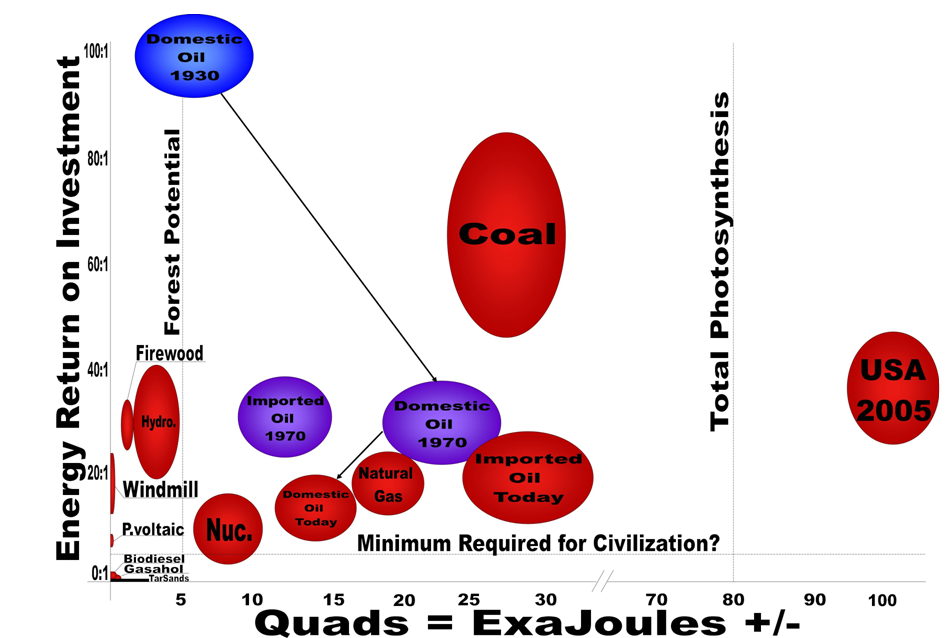Guess what it just gets worse every year. One year I put up the classic “night sky” compulation from the space station. It is horrid. And the excuses are myriad. One year I put up a picture of the Stratton Building in downtown Springfield. I swore 30 years ago I would live to see those lights out. Guess what? They are still on. The excuse: There are no individual shut off switches in the offices. Each floor is controlled my its main electrical panel,and the night janitors couldn’t see to do their jobs! Lighting on highways? What don’t cars have headlights? Street lightening? Gotta be able to see criminals. Put spotlights on the squad cars and get them off their dead asses. It just goes on and on and on and on. There is no off. So here is another story.
http://www.wusa9.com/news/local/story.aspx?catid=158&storyid=132655
Federal Agency Headquarters Leave Lights On In DC
8:10 PM, Jan 25, 2011 |
WASHINGTON (WUSA) — Night after night, year after year, this nightside reporter observed lights left on in federal government buildings. So I decided to see just how much taxpayers were spending to keep empty buildings illuminated.
For several months, we kept track of the lights left on in a dozen federal buildings, including the Departments of Commerce, Agriculture, Transportation and Energy always checking after 10 p.m., each on at least six occasions.
“Turn the lights off. That’s what I do anyway. That’s how I save money,” said one visitor from North Dakota.
Just how much are the federal agencies electricity bills costing you, the taxpayer? First, using the Freedom of Information Act, we requested six months of utility bills for the headquarters buildings of more than a dozen agencies. Then, we asked taxpayers to estimate the price of one month in one building.
‘Whew. $3,000 a month?” one woman estimated.
“$5,000 a month?” guessed a young man from New Jersey.
“Monthly? $5-10,000,” said a man from Virginia.
The low end is about $200,000 a month. The high end more than a million. One month’s electricity bill at the Department of Labor topped a MILLION dollars. That was a bill paid in July of last year. The month before, the department paid a bill of nearly $700,000. And utility costs of that magnitude are not unusual.
“Whoooo. That’s too much!” exclaimed a taxpayer.
“Maybe the perception is, they want to tell the American people that we’re always on,” speculated another.
The Department of Health and Human Services paid a bill last August of $799,000 for a month of service.
“Oh my God. That is per month?” was one reaction.
The Department of Commerce paid a bill last June of $794,000.
“I used to work for the federal government. I know they waste tax dollars. Do it every day,” said a man in DC.
“Turning off the lights is about the simplest way that the government can save money. There is no excuse not to do this on a regular basis,” said Tom Schatz, President of Citizens Against Government Waste.
Most federal agencies purchase their electricity through PEPCO and Constellation New Energy of Baltimore. The buildings are large, and some appear to be making an effort to turn off their lights consistently, like the Department of Health and Human Services. The Department of Energy headquarters was so dark on one of our nighttime visits, we could barely see its sign.
:}
More next week.
:}


















